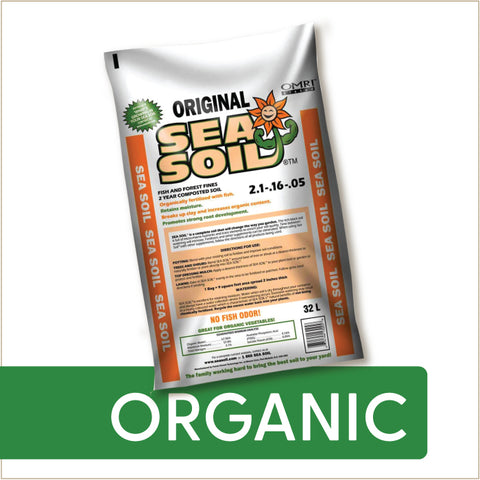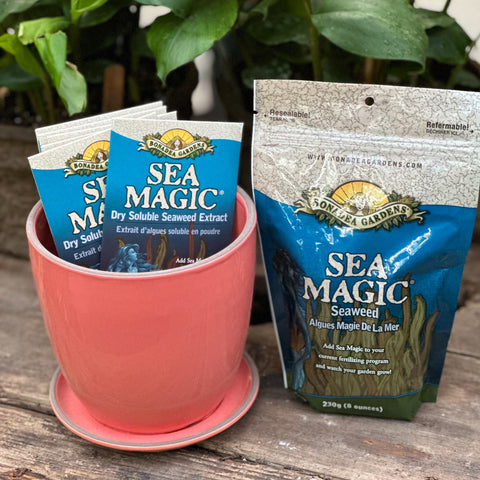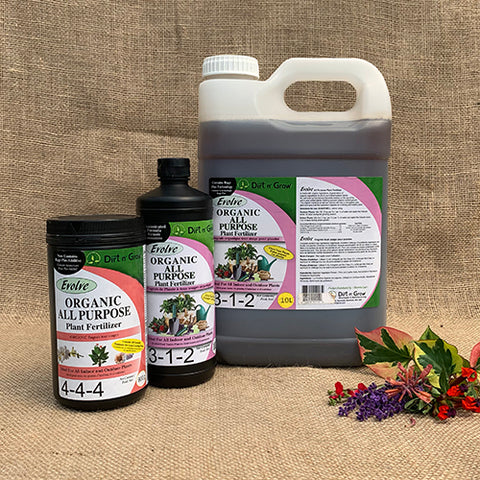Seeds - Tomato (Regular), Gold Medal OG (F)
$4.99
This item may be out of season or currently out of stock. Please check back.
Description: The earliest maturing of the high lycopene content tomatoes! Bred in Canada by Professor T. Graham at the Ontario Agricultural College, who named them after ‘sprinting ice skaters’ because of their speedy performance in cooler weather. The semi-determinate vines yield great numbers of medium-sized candy-apple red fruits that store well. 5 - 7 oz fruit.
Pack Size: 25 seeds
Latin Name: Solanum lycopersicum
Main Uses: Culinary
Days to Maturity: 90 days to maturity
Exposure: Full sun
Height: Semi-determinate - Short vine type
Certified Organic: USDA Certified Organic
Germination: 7 - 14 days at 21° C.
Sowing: Indoors 6 - 8 weeks before planting out date. Avoid starting tomatoes too early, as they get leggy (in Manitoba tomatoes are generally sown indoors between the third week of March to mid-April). Apply a weekly kelp supplement such as Sea Magic™ from the time of sowing onwards to promote seedling health and development. Once the second set of true leaves has developed, alternate between the kelp and an organic transplant fertilizer such as Evolve Seedling Starter.
Planting depth: Lightly covered.
Spacing: When planting out into the garden, leave 18 - 36” inches between plants.
Transplanting Tomatoes
- Harden seedlings by placing them outdoors, in diffuse light, for a couple of days before transplanting. Choose a safe "planting out date" for your area. In southern Manitoba, this is typically the first week of June (up to 6 weeks earlier if using Kozy Koats!). Planting in cool soil or while frost is a threat will undermine the success of your tomatoes!
- Water plants lightly before transplanting. Allow 18 to 36" between each tomato plant. Adequate spacing helps reduce the occurrence of blights.
- Dig a hole approximately 8" deep, placing a handful of quality compost into each hole.
- Gently remove plants from their pots, and lightly break open the root ball. Tomatoes develop roots along buried stems, so it is an excellent idea to plant them deep. Leave only a few inches above the ground at the time of transplant.
- Indeterminate varieties will require staking as they develop. Tomatoes benefit from even, deep watering right through the season. Avoid splashing dirt onto lower leaves (source of blight), or watering leaves (cause of leaf sunburn).
Favourite Organic Veggie Fertilizer for outdoor plants at SGH:
ACTI-SOL All Natural Tomato & Vegetable Fertilizer. All-natural, no-filler fertilizer that increases growth and protects against diseases and water stress. Also contributes to the healthy development of plants and plays an important role in the balance and structure of microbial life in the ground. Naturally very high in calcium, which is important for healthy fruit development in tomatoes, peppers, squash, pumpkins and related plants (to prevent blossom end rot). OMRI listed. Available in-store.
Harvesting: Fruits are ready when they have come into full mature colour.
Growing in Containers: Well suited for large raised beds, but not smaller containers.
Growing in Mixed Planters: Not well suited for mixed planters.
Fertilizing (Garden): Tomatoes love loamy soil amended with quality compost. Tomato or pepper fertilizers with extra calcium & magnesium are also recommended.
Watering (Garden): Water evenly - very important! During periods of drought be sure to water tomatoes regularly. Mulching around plants makes keeping tomatoes properly watered easier, by reducing soil evaporation.
Garden Companions:
- Tomato companions: Asparagus, basil, bean, carrots, celery, chive, cucumber, garlic, head lettuce, marigold, mint, nasturtium, onion, parsley, pea, pepper, marigold, pot marigold and sow thistle. Basil repels flies and mosquitoes and improves growth and flavour. Bee balm, chives and mint improve health and flavour. Borage deters tomato worms while improving growth and flavour.
- Note: Carrots are considered good companions to tomatoes, but the tomatoes may in turn stunt the growth of carrots! However, the carrots will still have good flavour.
- Not advisable: Corn and tomato share a common foe in the tomato fruit /corn earworm (same worm, different name depending on which plant it is attacking!), so should not be grown side-by-side. Kohlrabi stunts tomato growth. Keep potatoes and tomatoes apart as they are both susceptible to early and late blight, and can cross-contaminate. Avoid planting dill, fennel, cabbage and cauliflower with tomatoes.
Special Requirements for Cold Climate Gardeners: Caring for your tomato plants
The main requirements for a successful tomato crop are lots of light, excellent air circulation, even watering (especially as fruits begin to develop), and staking or caging for the larger varieties (most!). A common problem is called blossom end rot, which is caused by calcium deficiency and most often precipitated by uneven watering. Careful, consistent watering is vital for tomatoes. It is recommended that a quality organic tomato fertilizer be applied throughout the growing season, which will supplement the available calcium and reduce the chances of blossom end rot occurring.
Tomatoes can be pruned to force fruit production. In fact, tomatoes require very few leafy stems to yield an abundant crop and the fewer leaves, the less watering and summer stress that occurs for the plant. Pruning also significantly improves light and air penetration through the plant canopy, reducing disease and improving the quality of the ripening fruits. Determinate-type tomatoes are generally left un-pruned, as they produce all of their fruit in a single flush.
Soil-borne blights can be a serious concern for tomato plants, and cross-contamination occurs between tomatoes, potatoes, eggplant and peppers. To reduce the chance of blight in your tomato crop, rotate planting sites from year to year and avoid planting tomatoes where the previously listed tomato relatives have recently been grown. Blights splash up from the soil, so mulching, removal of lower stems, and attentive watering are all recommended measures to prevent blight from infecting tomato plants.
Pest/Disease Issues: Fungal blights as well as several insects (aphids, whitefly, and cutworms) can be a problem for tomatoes, but several strategies can be used to keep tomatoes at their best. Improve garden soil by adding organic material such as compost, which will help plants be resilient to disease and insect attacks. Choose disease-resistant varieties. Eliminate competition from weeds. Keep plants growing vigorously with proper water and nutrients. Keep the garden clear of old plant debris. Rotate crops. Space plants for maximum air circulation. Monitor for pests.
Suitability for Indoors: Not well suited for indoors.




